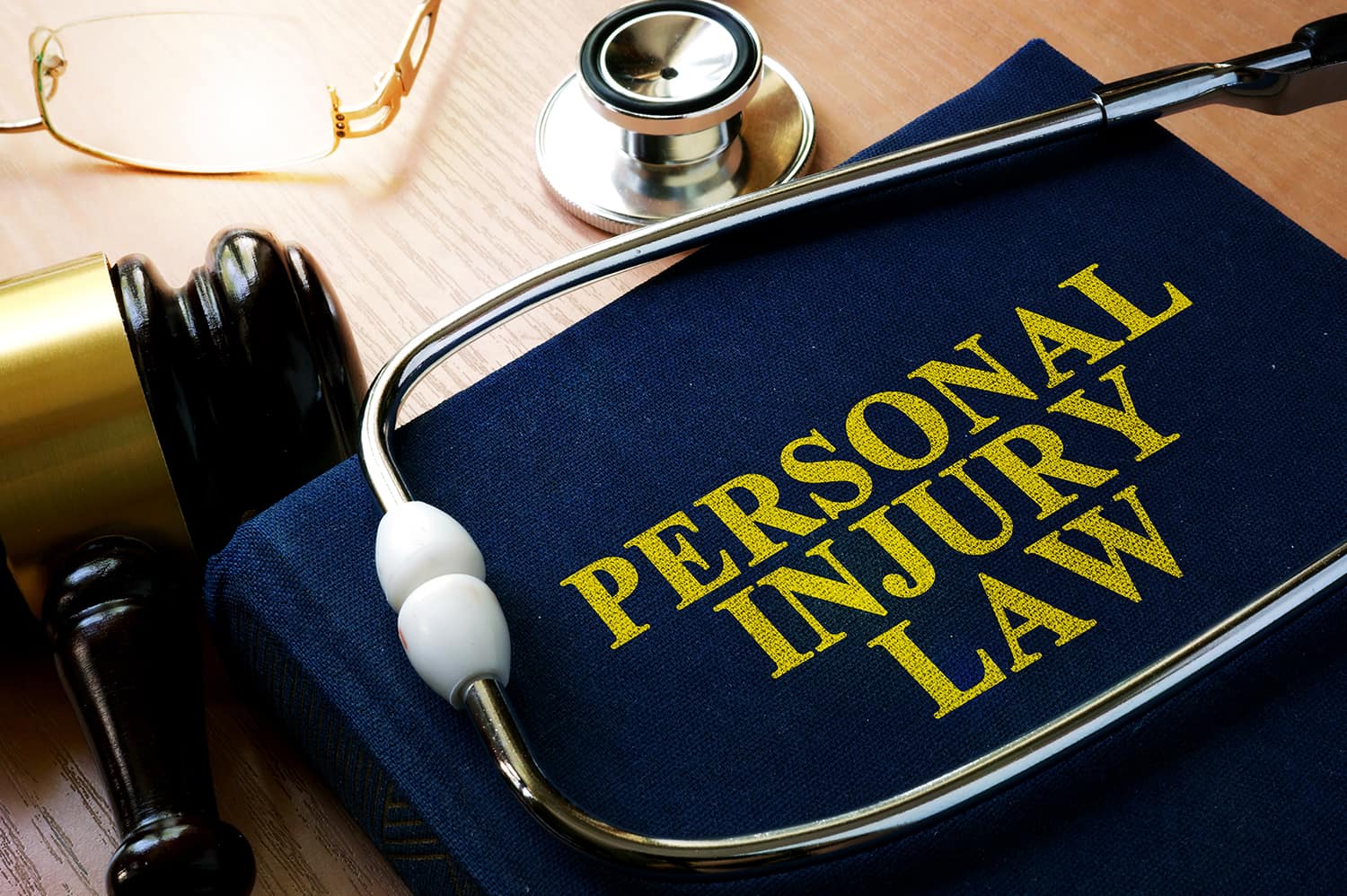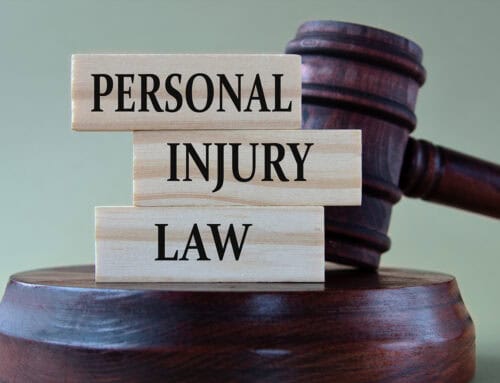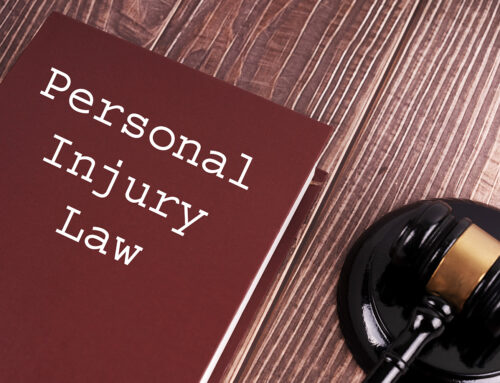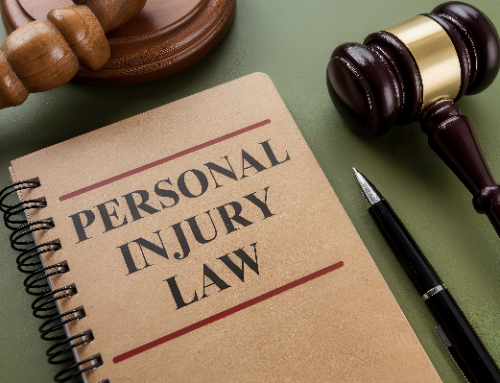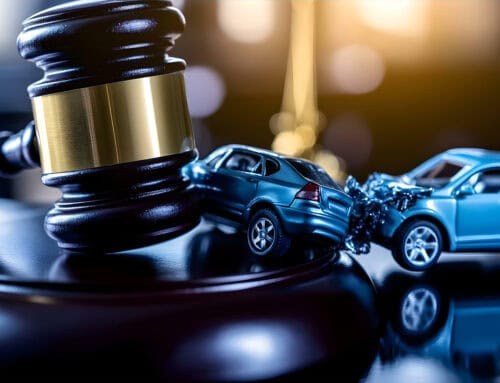Allocating Negligence and Deciding Who Pays for Personal Injuries
Whenever something bad happens, whether it is an accident or a conscious act, it is human nature to assign fault. From sibling quarrels to out-of-control credit card bills, most of us are quick to point the finger of blame.
When it comes to personal injury cases, it is not only natural but also necessary to have a fair system in place to make restitution when someone suffers injury or loss because of another person’s careless or erroneous actions. Individual states in our country have devised various systems to accomplish this.
Privileges Come With Responsibilities
Whether it involves driving a vehicle or operating a business, individuals must carry out their actions in a competent way that protects the safety and well-being of others. In legal terminology, this is called duty of care.
When you get behind the wheel to operate a car, you should obey traffic laws and adjust your driving according to weather conditions such as fog or snow. If you invite people into your store to buy products, you should keep the aisles free of tripping hazards. Failure to exercise this reasonable care in a situation is referred to as a breach of duty.
Proof of Negligence Requires Several Steps
To determine fault or negligence in a personal injury case, the plaintiff must systematically prove several vital points:
- The defendant had a duty of care in the situation, such as manufacturing a safe product.
- The defendant did not adequately carry out this responsibility, resulting in a breach of duty.
- The defendant should have realized the action or lack of action could cause injury to others.
- The breach of duty did cause harm or injury to the plaintiff.
- The plaintiff’s injuries resulted in measurable damages such as medical expenses or loss of income.
This process of legally proving negligence is reasonably consistent from state to state. How the blame is divided between a plaintiff and defendant, however, can vary with individual state laws.
California is a Pure Comparative Negligence State
California, along with 12 other states, uses pure comparative negligence to determine the percentage of the blame of each party for a particular incident and any injuries that result from it. Even if the judge or jury decides the injured person was mostly at blame for the incident, the plaintiff can still recover a proportion of damages equal to the defendant’s percentage of fault.
For example, a customer in a store may grab a ladder left against the wall, climb it to get something from a high shelf, slip and break an arm. If a jury subsequently determines the customer was 70% at fault for failing to ask for help and climbing with slippery shoes while the store was 30% negligent for leaving the ladder unattended, the court could still direct the store to pay the plaintiff 30% of medical bills and lost work time.
A number of other states use a modified form of comparative negligence that prevents plaintiffs from recovering any damages once their percentage at fault goes beyond a certain limit. For 10 states, this maximum is 50% or more negligence, and another 23 states cut off any recovery of damages when the plaintiff is 51% or more at fault.
In the past, California used a system of contributory negligence, which prevents individuals from collecting damages for personal injuries even if they are considered only 1% at fault in an accident. This changed in 1975, however, when the California Supreme Court replaced this contributory negligence law with the current comparative fault law. Only the District of Columbia and four states now use the pure contributory negligence system.
Knowledge and Experience Count When Personal Injuries Occur
Since California law employs the pure comparative negligence process to determine compensation for an accident, it is vital to have someone on your side who understands the system if you have sustained a personal injury. Our attorneys at The Law Offices of Brent D. George are happy to schedule a free consultation with you to review the facts of your case, and they can help you prove the negligence responsible for the harm and damages you have sustained. Call 805-494-8400 today or fill out our easy online form.
Disclaimer: This article is intended for informational purposes only and does not constitute legal advice. For personalized assistance, please contact our office at (805)494-8400.

